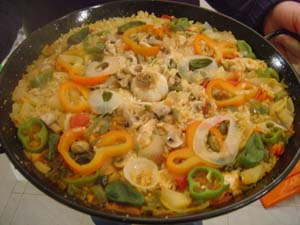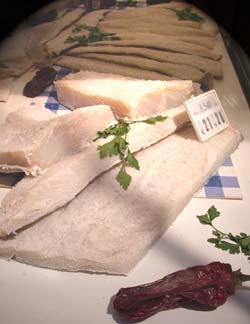These are my favorite Spanish wines, from the Utiel-Requenna area northwest of Valencia. Smooth, deep, and delicious, they produce reds, whites and rosés.
Founded in 1885 by Vicente Gandia Pla, the more than 100 years of experience as a family-run winery shows in the beautiful wines they make.
According to their publicity, “the passion, effort and care that we put into making high-quality wines are the result of knowledge passed down from father to son for four generations.”
Thanks to this spirit of constant growth and renewal, Bodegas Gandía is one of the leading Spanish producers of bottled wine, doing business in more than 75 countries on four continents.
With more than 200 hectares at the Hoya de Cadenas estate and other facilities in Valencia, the firm employs more than 100 professional winemakers. All of their wines are aged in American oak casks for that special flavor.
The grapes they produce and make into wines are Chardonnay, Cabernet Sauvignon, Sauvignon Blanc, Merlot, Tempranillo and Bobal. I can attest to the fineness of the Tempranillo from drinking many, many bottles of this wine during the winter of 2004-2005 while staying on the Costa Blanca. The wines produced during the year 2003 are exceptionally fine, and two years later are quite drinkable, and enjoyable, indeed. Good thing it was a majorly prolific year for the grape harvest in Spain, in 2003. They say global warming is only making the European wines better and better. Small consolation I suppose.
So when in Spain, be sure to visit Valencia for the Feria, some Paella, and then venture into the mountains to the cool heights of Utiel-Requenna, and visit the Hoya de Cadenas estate of the Gandia family winery. You won’t forget it. And I guarantee you’ll enjoy the wine.
Info:
From Valencia drive northwest to Utiel, then on to Los Coralles. From here continue to the town of Las Cueva, and you can find signs to the Finca Hoya de Cadenas from here. It takes about one and a half hours to get here from Valencia.



